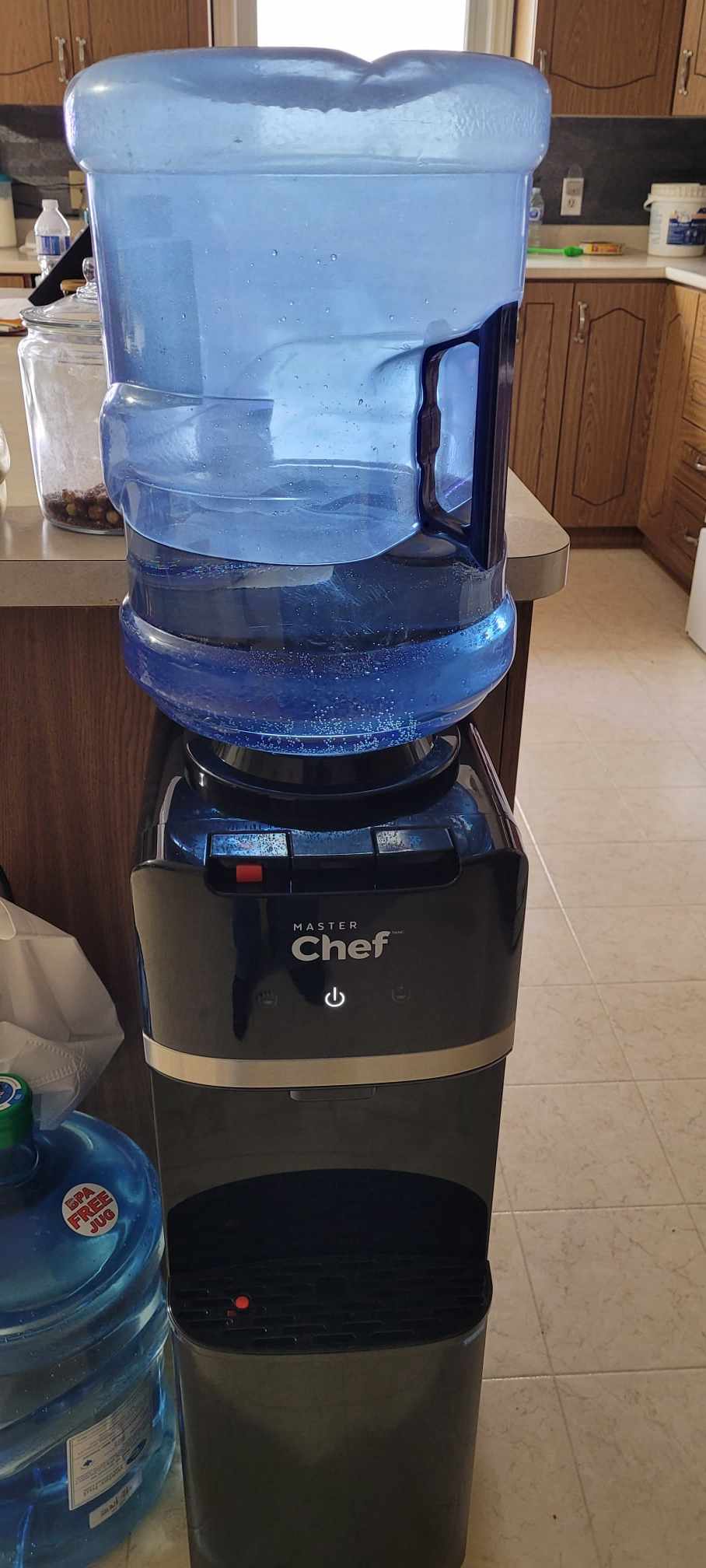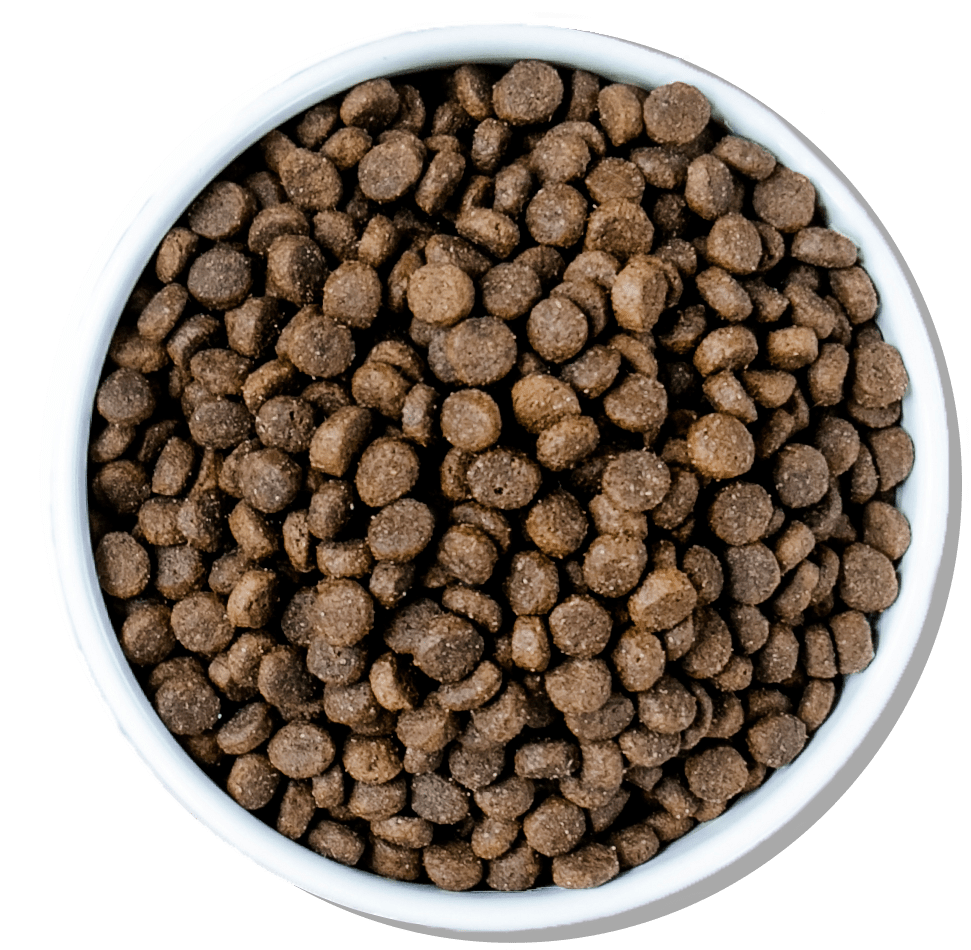
When do lab puppies’ balls drop? For most breeds of male dog, the testicles descend within the first few months of life, usually by the time the puppy is two years old. For some breeds, the time-to-descend is longer, but rarely more than six months of age. If you notice that your dog’s testicles haven’t descended after six months, then it might be a case of cryptorchidism – something that requires medical attention. For most puppies however, both testicles descend by the time the puppy is eight weeks old.
Cryptorchidism is the technical, medical term for testicles that have not descended into the scrotum. Cryptorchidism is believed to affect between one and three per cent of dogs. Researchers believe that the condition is heritable – passed on from one dog generation to another – because it’s most often seen in families of dogs.
One or Both Testicles Can Fail to Drop
In dogs, either one or both testicles can fail to drop. When only one testicle fails to fall, it is called unilateral cryptorchidism. When both fail to drop, vets call it bilateral cryptorchidism. Both testicles can remain trapped on the inside of the body or there can be one retained testicle in a region called the inguinal canal – a tube that connects the groin to the spermatic cord. Testicles in this position can usually be felt by physical examination of the area. Thanks to the fact that they are not too far from the scrotum, this form of cryptorchidism is one of the easiest to treat.
On other occasions when they are deeper inside the body, the testicles cannot be felt through physical examination. The only way to identify the location of the testicles is through a veterinary x-ray or ultrasound. Most often, the testicles are higher up in the abdomen causing abdominal pain and have become trapped in that position for whatever reason. Researchers believe that undescended testicles have become more prevalent in dogs because of selective breeding. The problem appears to be worse in thoroughbreds than other breeds or mongrels.
If you think that your dog might have the condition but don’t know if it has been neutered or not, you can get something called an hCG stimulation test to check. Vets routinely apply these tests to check testosterone levels. You may use this approach if for example you have adopted an older dog and cannot see any evidence of scarring in the area of his scrotum.
What Problems Does Cryptorchidsm Cause?
Undescended testicles can cause a range of severe health problems for dogs. How to make your dog’s testicles drop is, therefore, valuable information. One of the main issues of an undescended testicle is testicular torsion where the testicle becomes twisted and stretched inside the body, leading to abdominal pain. Likewise, if the testicle is further up inside the abdomen, it could become twisted, leading to severe pain and swelling.
The main risk for your Labrador retriever puppy or other puppy is the risk of testicular cancer. When testicles do not descend into the scrotum, they cannot benefit from the lower temperature of being outside of the body. Researchers think that in affected dogs the higher temperature of the scrotum leads to a higher risk of testicular tumor formation.
Treatment for Cryptorchidisim
Many people wonder whether there is a natural treatment for undescended testicles in dogs. Unfortunately, undescended testicles are a mechanical issue, caused by the dog’s tissue preventing gravity from doing its work. When the testes fail to drop, it’s usually because the ring of tissue through which they would typically fall closes up, preventing it from physically passing through.
To avoid surgery, many owners want to know whether there are natural treatments for undescended testicles in a cryptorchid dog, however, in most cases, surgery is the only option. The surgery is very similar to routine neutering operations. The dog undergoes blood tests and if is healthy for the procedure a general anesthetic, and then the surgeon removes the testicles, either from the canal immediately above the scrotum, or from the abdomen, depending on where they’re located. Even if only one testicle is stuck, veterinarians will usually remove both as a matter of course, neutering the dog at the same time.
Dogs that get surgery often need to stay in the treatment centre overnight to recover and receive monitoring. It usually takes dogs between ten days and two weeks to fully recover from the operation, during which owners need to restrict activity according to the vet’s instructions.
Fertility Issues In Dogs With Cryptorchidism
It should come as no surprise that undescended testicles can lead to fertility issues. Dogs with one descended testicle are usually still fertile, but dogs with two stuck testicles may not be. Undescended testicles continue to produce testosterone, but their physical position in the abdomen makes the passage of sperm out of the body more difficult. In most cases, it is not possible, preventing the dog from producing offspring.
You may ask yourself how to make your dog’s testicle drop. But there is usually very little dog owners can do at home to induce testicle dropping. The causes of undescended testicles are believed to be mostly genetic, meaning that adjusting your dog’s environment to avoid cryptorchidism probably won’t make a difference.
One preventive strategy is to avoid dog breeds with a high rate of the condition. In some breeds, undescended testicles are common, while in others, they are rare. Some people have experimented with homoeopathic remedies to encourage testicle dropping, although these are unlikely to have any effect. Homeopathy is a method of treatment rejected by modern science. The only real solution to the problem is surgical intervention. Most cryptorchidism surgeries are routine when the testicles lie just outside of the scrotum. However, things can become more involved when the testicles are higher up. Vets may need to make an incision in the abdomen to remove the testicle, increasingly the complexity and risk of the procedure. In this case the cost of the surgery may be greatly increased as well.
Dogs With One Descended Testicle Surgery Cost
How much does it cost to have your Labrador retriever’s testicle’s removed? The process of removing undescended testicles is very similar to that of neutering. The cost of neutering is around $45 to $135 Canadian, depending on the dog. This however is the procedural cost of the operation and does not include anesthesia, a cone for after the surgery, antibiotics, or blood tests. An all inclusive price is more likely to be between $400 and $500 depending on the geographic area you live in. Surgeons usually charge extra if either one or both testicles have not dropped. Often this charge runs at around $150, but in complicated cases, it can go as high as $800. Remember though that the surgery is vital to the long-term health of the animal, whether it’s a Labrador retriever or some other breed. The risk of cancer in intact males is such that you won’t want to leave the problem as is.
So the advice to handlers of dogs with this condition is to neuter so that the undescended testicles to not become cancerous. There are some people who feel their dog remain in tact and natural and therefore neutering would be out of the question for them. The larger question to ask is if keeping them natural is the goal, or, is providing them with the best level of care the goal so that they can live a long, normal, healthy life. Those that feel neutering causes harm could be cutting their cryptorchid dog’s life short by refusing to neuter them. We should be thankful we have the modern veterinary medicine that we do today and take advantage of it. It could end up changing your dog’s stay with you from a couple years to twelve to fifteen years.



